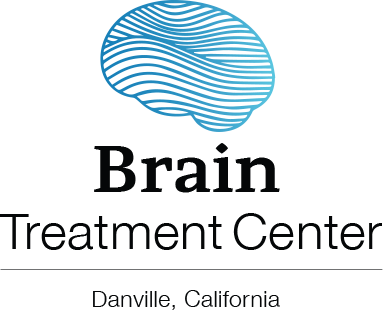New post-traumatic stress research at USSOCOM, MacDill AFB

MACDILL AIR FORCE BASE, Fla. --
Medical professionals from United States Special Operations Command and the 6th Medical Group are partnering to provide a new, noninvasive treatment for post-traumatic stress at MacDill Air Force Base, Florida.
The treatment uses Magnetic Electroencephalogram Resonance Therapy (MeRT,) which is a modified version of repetitive Transcranial Magnetic Stimulation (rTMS) and is currently being researched at the clinic.
The study began at Tinker Air Force Base, Oklahoma, but has branched out to include collaborative efforts with USSOCOM Surgeon’s Office, 6th MDG, Preservation of the Force and Family (POTFF), Uniformed Services University and Newport Brain Research Lab.
“This collaboration has allowed us to study the effectiveness of MeRT,” said U.S. Navy Capt. Scott Cota, the principal investigator of the study assigned to USSOCOM. “This technology has proven safe and highly effective for the treatment of medication resistant depression, and our studies aim to validate MeRT effectiveness for treating symptoms of PTS.”
Although rTMS has been used since 2008, the collaboration is focusing on using a different approach by using MeRT.
“It is believed to help brain function by synchronizing the brain wave activity to each individual’s optimized potential,” said Manuel Halter, a social scientist assigned to USSOCOM, POTFF. “The optimization is determined by using quantitative EEG data collected several times throughout the treatment process.”
The qEEG measures brain activity in real time, allowing researchers to study where there’s abnormal brain function, associated with PTS. Using MeRT, they can create a personalized treatment plan based on the baseline qEEG obtained from the patient.
“We’re looking to see if MeRT is beneficial as a personalized treatment for PTS based on the needs of the individual,” said MaLisa Lewis, a mental health technician assigned to USSOCOM Surgeon’s Office, POTFF. “Currently, rTMS is used but it’s administered at a fixed magnetic pulse rate and output frequency; every patient receives the same treatment, whereas our research is based on an individualized protocol that could potentially help a lot of people.”
After the baseline qEEG is gathered, the data is sent to third-party software where a complex algorithm is used to analyze the qEEG in order to develop a treatment protocol. The treatment involves an electromagnetic pulse being delivered for six seconds every minute for approximately 30 minutes, and it is aimed at a specific area of the patient’s scalp. Patients say the sensation feels like a light tapping on their head.
“The idea is to optimize brain function in the areas affected by PTS,” said Halter. “The heart and brain ideally perform at a synchronous wave frequency, or harmonic. However, with PTS specific areas of the brain are not operating at full potential. They are desynchronized or dysregulated, which is when the symptoms start showing up.”
Halter explained that through treatment, they’re studying if energizing the affected part of the brain will dissolve the symptoms, and permanently bring brain and heart waves back into harmony.
"We’re collecting multiple qEEGs throughout the eight-week study process, to monitor brain function and to adjust the protocol to continuously personalize the magnetic frequency emitted. The final data collection point at week eight is intended to see if any changes in brain activity obtained during treatment are maintained afterwards,” said Lewis.
According to a medical study published in the Polytrauma Clinical Triad, out of 340 Operation Iraqi Freedom and Operation Enduring Freedom veterans, 42.1 percent of those studied showed signs of PTS, traumatic brain injury and chronic pain. With MeRT, the team is looking to find a viable solution to prevent PTS from “hi-jacking” the brain.
“PTS is a chronic yet natural response to extreme stress, which compromises the brain’s ability to regulate emotions and moods; interferes with the encoding and retrieval of memories; derails the brain’s ability to self-repair, and disrupts the sleep cycle and endocrine functions,” said Halter. “In essence, the ‘hi-jacked brain’ is no longer under voluntary control.”
Although the pilot study is still on-going, the team looks to prove the efficacy of MeRT as a treatment for PTS symptoms.
“If our findings show a positive response to the treatment that can be correlated to quantifiable changes in brain function, and that these benefits are maintained afterwards, I believe MeRT may become a viable, non-pharmaceutical, non-invasive treatment modality—which would be huge for the treatment of PTS,” said Halter.

